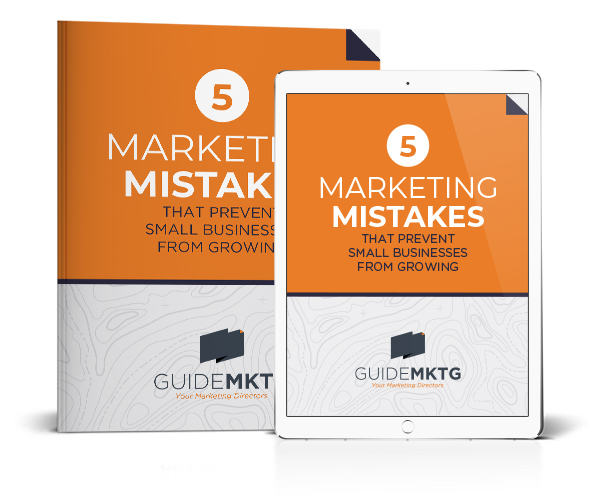But just because StoryBrand is an elegant solution doesn’t mean it’s always easy to implement.
As StoryBrand Certified Guides, we help clients put the framework to use, and we’ve seen the common pitfalls that can trap folks as they put their site together.
Let’s dig into some of those pitfalls, and give you some guidance on how to avoid them–or how to climb out once you’ve fallen.
Struggling with Process
In StoryBrand, “The Plan” is your chance to give customers a simple process for doing business with you. Folks get stuck here by making the Process Plan too complicated.
The Process Plan is by far the most common type of plan created in the StoryBrand framework, and it’s a powerful tool. The common mistake here is making the Process Plan too detailed and too complicated.
This plan should have, as an ideal, three steps. Four steps are all right, but that’s the absolute max. If your plan has five steps or more, it’s time for a serious re-think.
You also need to ensure that each of the three (or four) steps is easy to understand.
For example:
- Call us today
- We’ll deliver the solution
- You enjoy [XYZ]
That’s a perfectly good plan, even though it may dramatically simplify the actual process your business goes through.
In general, the three steps for the Process Plan should be:
-
What does the customer need to do first?
-
What will you then do for the customer?
-
What does a happy customer look like?
Make an Agreement
Another type of plan that is often overlooked within the framework is the Agreement Plan.
The idea of an Agreement Plan is that your business is making a promise to (or an agreement with) your customers.
Just as with the Process Plan, simplicity and clarity are the orders of the day here.
Lay out, in an easy-to-understand way, the basic “rules of engagement” by which you agree to operate.
As an example, you might see these statements in an Agreement Plan:
-
We agree to always treat you as a valued customer, never as a number.
-
Your information is always secure with us. We will never sell or give away your details.
-
Our products are guaranteed in their quality. You’ll always receive the best.
-
You never have to worry about unwanted solicitation while doing business with us.
Any of these statements could have more detail associated with them, but your website is not the place to get into that. You just want to be as clear as possible in as few words as possible.
Starting Things Off Right
This is the big one: the headline.
Along with a sub-headline and the first calls-to-action, the headline makes up the header of your site and is by far the most important element of the site.
In other words, if you get this right, you’ve won half the battle. If you get it wrong, well, it really won’t matter what the rest of your site says. Nobody’s going to read it.
The common mistake made here is that folks want to get too clever too quickly in an effort to “stand out,” or “not sound the same as everyone else.”
Unfortunately, in their efforts to be clever, they forget to be clear.
This leaves the site with a headline that, ultimately, doesn’t say anything of substance, and also doesn’t do it’s one job: entice readers to scroll further down the page.
Remember that one goal. In fact, write it on your whiteboard, put it on a sticky note on your computer. The one goal–the ONLY goal–of your site’s headline is to make readers want to keep reading the page.
A few more tips to keep your headline on the right track:
Avoid cliches like the plague.
Prioritize clarity over cleverness, always.
Use fewer words, not more.
Along with the sub-headline, make it clear exactly what you do and why it matters.
Stay positive, don’t use scare tactics.
Speak your customer’s language, not your own internal language.
Never, EVER, use the phrase, “Live your best life.”
If your headline is clear, to-the-point, and tells customers why what you do matters, it’s a good headline. If it gets more eyeballs traveling down the page, it’s a successful headline.





